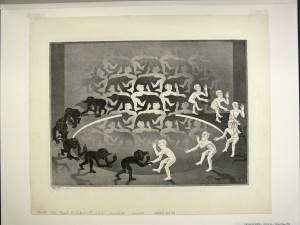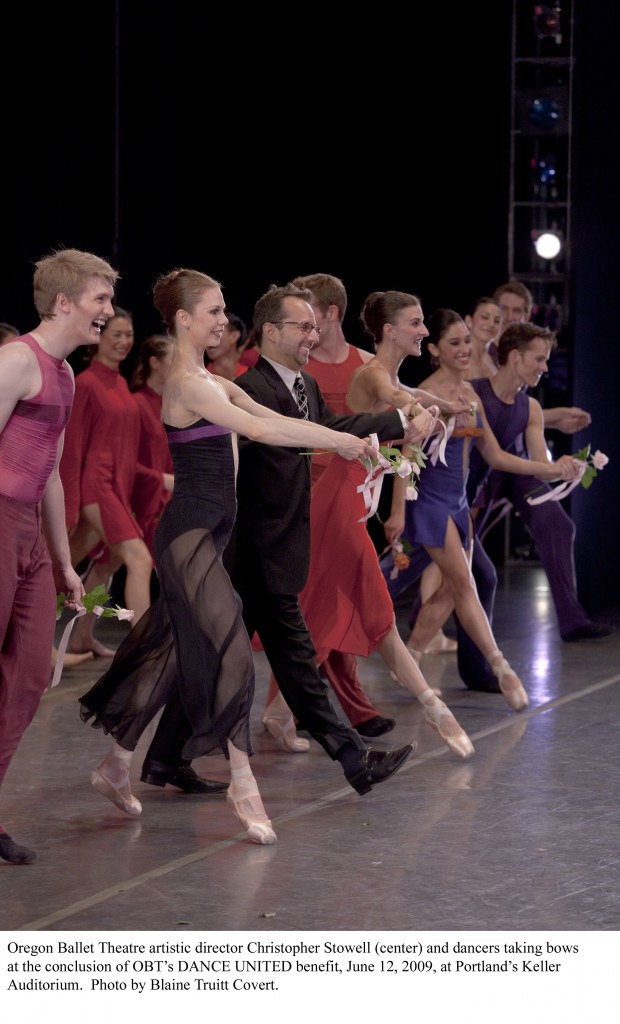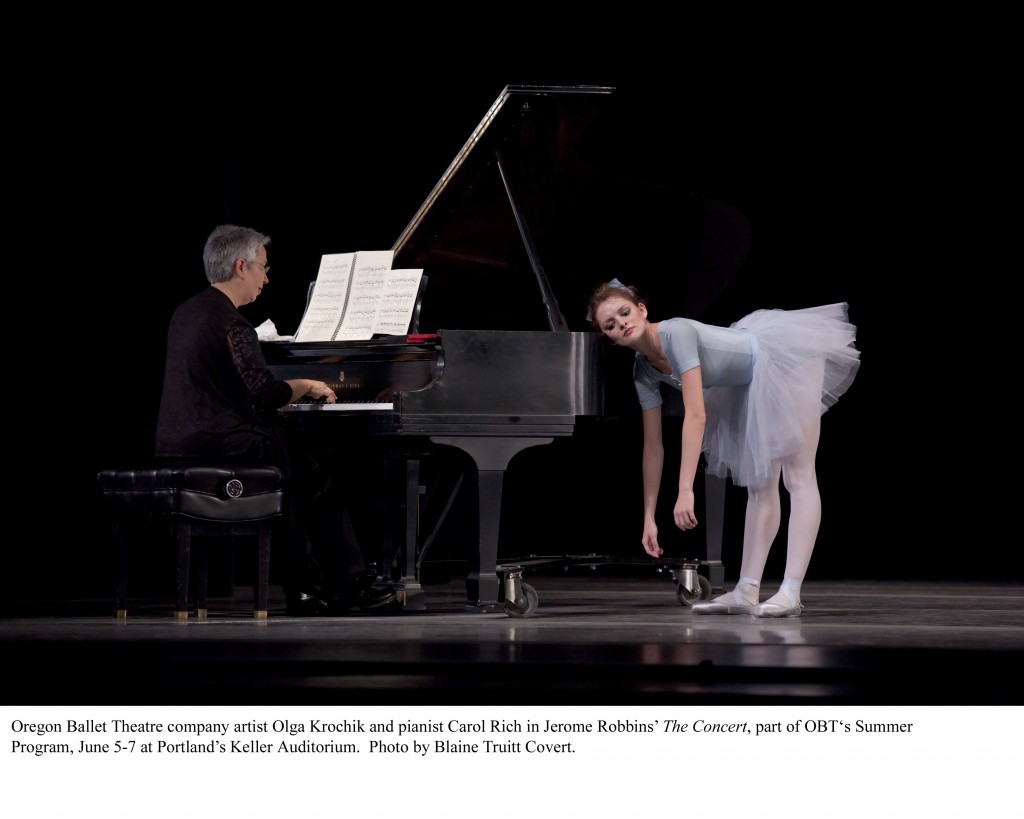It’s a big weekend in Portland art. Not only are most of the city’s commercial galleries showing new stuff after their First Thursday and First Friday openings, but the Portland Art Museum also has a couple of big openings on Saturday, and another opens Saturday in the pavilion of the Japanese Garden. The Scatter brain trust will be busy making the rounds.
In the meantime, here’s our (just invented) Friday Scatter Rotogravure:
_________________________________

PNCA at 100, at the Portland Art Museum: The museum kicks off this centennial celebration of the Pacific Northwest College of Art, which for most of its lifetime was connected to the museum and was known as the Museum Art School. Now it’s on its own and bursting with ambition. This show goes back to the beginning with works by the likes of Anna B. Crocker and Harry Wentz, and includes Northwest icons such as Louis Bunce, Michele Russo, Lucinda Parker, George Johanson, Paul Missal and Jay Backstrand, all of whom have had close connections to the art school. Pictured here is Parker’s 1980 acrylic on canvas Feast of Stephen, a museum purchase from the Helen Thurston Ayer Fund.
This show, curated by Bruce Guenther, hangs around until Sept. 13.
_________________________________
 M.C. ESCHER at the Portland Art Museum: Truly an artist for the Age of Engineering — a draftsman for the dreamers, a dreamer for the draftsmen. On Saturday the museum opens Virtual Worlds: M.C. Escher and Paradox, and somehow that’s got us us humming a tune from The Pirates of Penzance:
M.C. ESCHER at the Portland Art Museum: Truly an artist for the Age of Engineering — a draftsman for the dreamers, a dreamer for the draftsmen. On Saturday the museum opens Virtual Worlds: M.C. Escher and Paradox, and somehow that’s got us us humming a tune from The Pirates of Penzance:
A paradox?
A parodox,
A most ingenious paradox!
We’ve quips and quibbles heard in flocks,
But none to beat this paradox!
The Escher Equation continues through Sept. 13 at the museum. Pictured is Escher’s 1944 lithograph Encounter, from the collection of Dr. and Mrs. Robert W. Leary.
This show, curated by Annette Dixon, hangs around until Sept. 13, too.
_________________________________

PARALLEL WORLDS at the Japanese Garden: Subtitled Art of the Ainu of Hokkaido and Native Americans of the Pacific Northwest, this appealing-looking show brings together traditional ceremonial robes and other woven pieces by northern Japan’s Ainu ethnic group and the more familiar work of Tlingit and other artists from Alaska and British Columbia.
The Ainu story is intriguing: It’s a native nation from Japan’s northern islands, with a little spillover to main land Siberia, that has struggled to maintain its own identity: Only recently has Japan reversed a decades-long policy of forced assimilation.
The photo above isn’t from the exhibit. It was taken in 1902 or 1904, and was printed in the book Ainu: Spirit of a Northern People. It’s from Wikmedia Commons.
The exhibit, curated by Diane Durston, is in the Garden Pavilion through June 28.
_________________________________
 GIFTS OF HONOR at the Portland Art Museum: This very good show has been up since the end of last August in the museum’s Marge Riley Education Gallery, which straddles the museum’s two buildings, but it ends June 30, and you should try to catch it before it disappears.
GIFTS OF HONOR at the Portland Art Museum: This very good show has been up since the end of last August in the museum’s Marge Riley Education Gallery, which straddles the museum’s two buildings, but it ends June 30, and you should try to catch it before it disappears.
Assembled from the collection of Arlene and Harold Schnitzer and subtitled Beaded Bags From the Columbia River Plateau, it’s a terrific sampling of 35 bags, ranging in age from about 1900 to about 1960. The one shown here is circa 1900-1920, and is made of glass beads, hide, wool, cotton cloth and cotton string.
The quality and variety of work in this show, which is curated by Anna Strankman, is immensely pleasing.
_________________________________
This is, of course, only a taste of what’s out there to be seen in the city’s galleries and museums. And we haven’t even mentioned its theaters and concert halls. On Friday, Saturday and Sunday, for instance, Oregon Ballet Theatre performs its season-ending show of Jerome Robbins and Christopher Wheeldon at Keller Auditorium. Go forth, fellow Scatterers, and multiply across the face of the city.

 But on Wednesday the large smelly boys were paroled from a nine-month sentence in the Portland public school system, and
But on Wednesday the large smelly boys were paroled from a nine-month sentence in the Portland public school system, and  THE LATEST NEWS FROM OREGON BALLET THEATRE, which is struggling with a life-threatening deficit that has it feverishly trying to raise $750,000 by June 30 to keep from going out of business: The campaign hit the $524,000 mark by Wednesday. That morning OBT’s Erik Jones said 900 tickets were still available for Friday night’s gala benefit performance Dance United, which will bring star performers from across North America to raise money for OBT. Buy your tickets
THE LATEST NEWS FROM OREGON BALLET THEATRE, which is struggling with a life-threatening deficit that has it feverishly trying to raise $750,000 by June 30 to keep from going out of business: The campaign hit the $524,000 mark by Wednesday. That morning OBT’s Erik Jones said 900 tickets were still available for Friday night’s gala benefit performance Dance United, which will bring star performers from across North America to raise money for OBT. Buy your tickets  OBT’s season-finale program was designed to accomplish several goals, one of which was to challenge the dancers. And there is no getting around the fact that the work those dancers had performed most often — Rush, Afternoon of a Faun and The Concert — was polished to the accomplished shine you see only in major companies: New York City Ballet, San Francisco Ballet, Pacific Northwest Ballet, Houston Ballet and the like. These are troupes with far bigger budgets, many more dancers and far more opportunities to perform than OBT.
OBT’s season-finale program was designed to accomplish several goals, one of which was to challenge the dancers. And there is no getting around the fact that the work those dancers had performed most often — Rush, Afternoon of a Faun and The Concert — was polished to the accomplished shine you see only in major companies: New York City Ballet, San Francisco Ballet, Pacific Northwest Ballet, Houston Ballet and the like. These are troupes with far bigger budgets, many more dancers and far more opportunities to perform than OBT. By LAURA GRIMES
By LAURA GRIMES
 So one day last week I picked up my old copy of
So one day last week I picked up my old copy of  I don’t speak French, so that basically meant to me, “blah blah blah blah ORGY.” And I’m invited.
I don’t speak French, so that basically meant to me, “blah blah blah blah ORGY.” And I’m invited. She came to visit and brought me a new nozzle. It has rhinestones.
She came to visit and brought me a new nozzle. It has rhinestones. Oops. Wrong award ceremony.
Oops. Wrong award ceremony.
 M.C. ESCHER at the Portland Art Museum: Truly an artist for the Age of Engineering — a draftsman for the dreamers, a dreamer for the draftsmen. On Saturday the museum opens Virtual Worlds: M.C. Escher and Paradox, and somehow that’s got us us humming a tune from The Pirates of Penzance:
M.C. ESCHER at the Portland Art Museum: Truly an artist for the Age of Engineering — a draftsman for the dreamers, a dreamer for the draftsmen. On Saturday the museum opens Virtual Worlds: M.C. Escher and Paradox, and somehow that’s got us us humming a tune from The Pirates of Penzance:
 GIFTS OF HONOR at the Portland Art Museum: This very good show has been up since the end of last August in the museum’s Marge Riley Education Gallery, which straddles the museum’s two buildings, but it ends June 30, and you should try to catch it before it disappears.
GIFTS OF HONOR at the Portland Art Museum: This very good show has been up since the end of last August in the museum’s Marge Riley Education Gallery, which straddles the museum’s two buildings, but it ends June 30, and you should try to catch it before it disappears. Yes, long before the parade started, when people were still scarce, a driver held his hand out of a passing van and released two butterflies.
Yes, long before the parade started, when people were still scarce, a driver held his hand out of a passing van and released two butterflies.